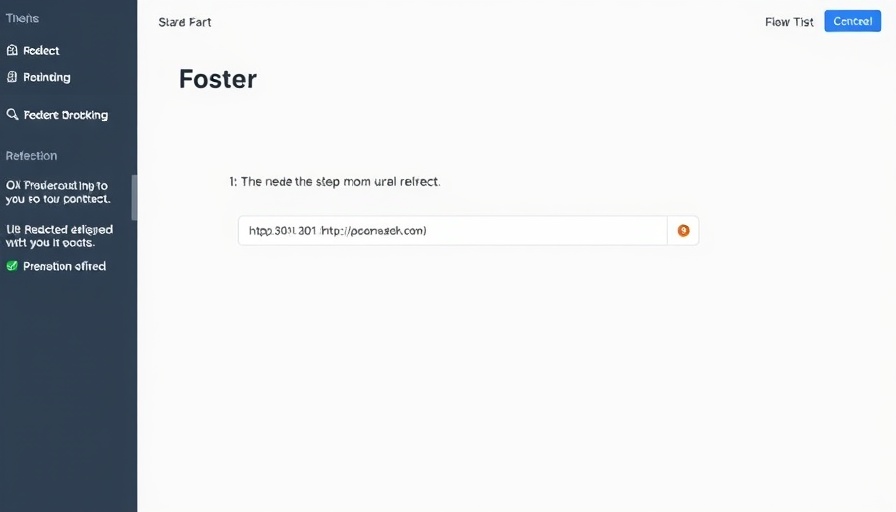
Understanding Malvertising: A Growing Threat
Malvertising is a term that refers to the use of online advertisements to spread malicious software. It's a deceptive tactic employed by cybercriminals who design ads to appear legitimate, thereby luring unsuspecting users into compromising their devices. This growing threat emerged in the wake of a more sophisticated digital advertising landscape, where even well-known platforms are vulnerable to infiltrators.
The Evolution of Malvertising
The past few years have marked a significant evolution in malvertising tactics. In 2023, the rise of phishing URLs reached a staggering 140.7%, coinciding with a 106% increase in permission-camera attacks, showcasing the extent to which cybercriminals are adapting to heighten their deceptive techniques. For instance, misleading product offers and auto-redirects are common strategies, as evidenced by GeoEdge’s Q1 2024 findings, which revealed that 29% and 25%, respectively, of malvertising attacks utilize these methods.
The Financial Impact of Malvertising
The financial implications of malvertising are dire. Statista indicated that malvertising incidents increased 35% to 50% in 2023, roughly ten times faster than the rate of normal digital advertising growth. This disparity reveals a persistent and escalating threat that can severely undermine ad platforms and damage brand reputation, leading to lost revenue and diminished user trust.
Combatting Malvertising: Essential Strategies for Brands
As malvertising becomes increasingly sophisticated, businesses must be vigilant and proactive in their approach to brand protection. Effective strategies include:
- Regular Monitoring: Companies should employ monitoring tools to track ad placements and ensure they are not associated with malvertising.
- Ad Quality Control: It is essential to maintain stringent ad quality standards and verify all ad content before it goes live.
- Collaboration with Industry Experts: Working with cybersecurity professionals and entities specializing in brand protection can help mitigate risks significantly.
Counteracting Deceptive Practices: A Multi-Faceted Approach
Approaching the issue of malvertising requires a multi-faceted strategy. Businesses should invest in technology that can detect and prevent malicious activity in real time. For instance, fingerprinting and cloaking techniques that cybercriminals use can be countered with advanced detection systems that recognize atypical patterns in ad clicks or impressions.
Empowering Customers: Education and Awareness
One of the simplest ways to combat malvertising is through education. By empowering customers with knowledge about how to identify malicious advertisements, businesses can enhance user safety and build trust. Brands can provide resources on spotting red flags, such as poorly designed ads or unexpected pop-ups, helping to protect their customers from potential threats.
The Future of Digital Advertising in the Face of Malvertising
As technology evolves, so too will the methods employed by cybercriminals. This makes ongoing education, system upgrades, and innovative detection strategies essential for businesses. With reports estimating a substantial increase in malvertising over the coming years, it is crucial for business owners to stay informed and prepared.
Conclusion: Taking Action Against Malvertising
As business owners looking for growth strategies, understanding malvertising's complexities is vital to protecting brand reputation in today's digital landscape. Companies must remain proactive in implementing effective strategies and monitoring trends to mitigate the risks associated with malvertising. By enhancing the resilience of their digital assets, businesses can safeguard their operations against emerging cyber threats.
Are you ready to protect your brand from malvertising threats? Start today by implementing these strategies and partnering with industry leaders to bolster your defenses against this rising issue.
 Add Row
Add Row  Add
Add 






Write A Comment